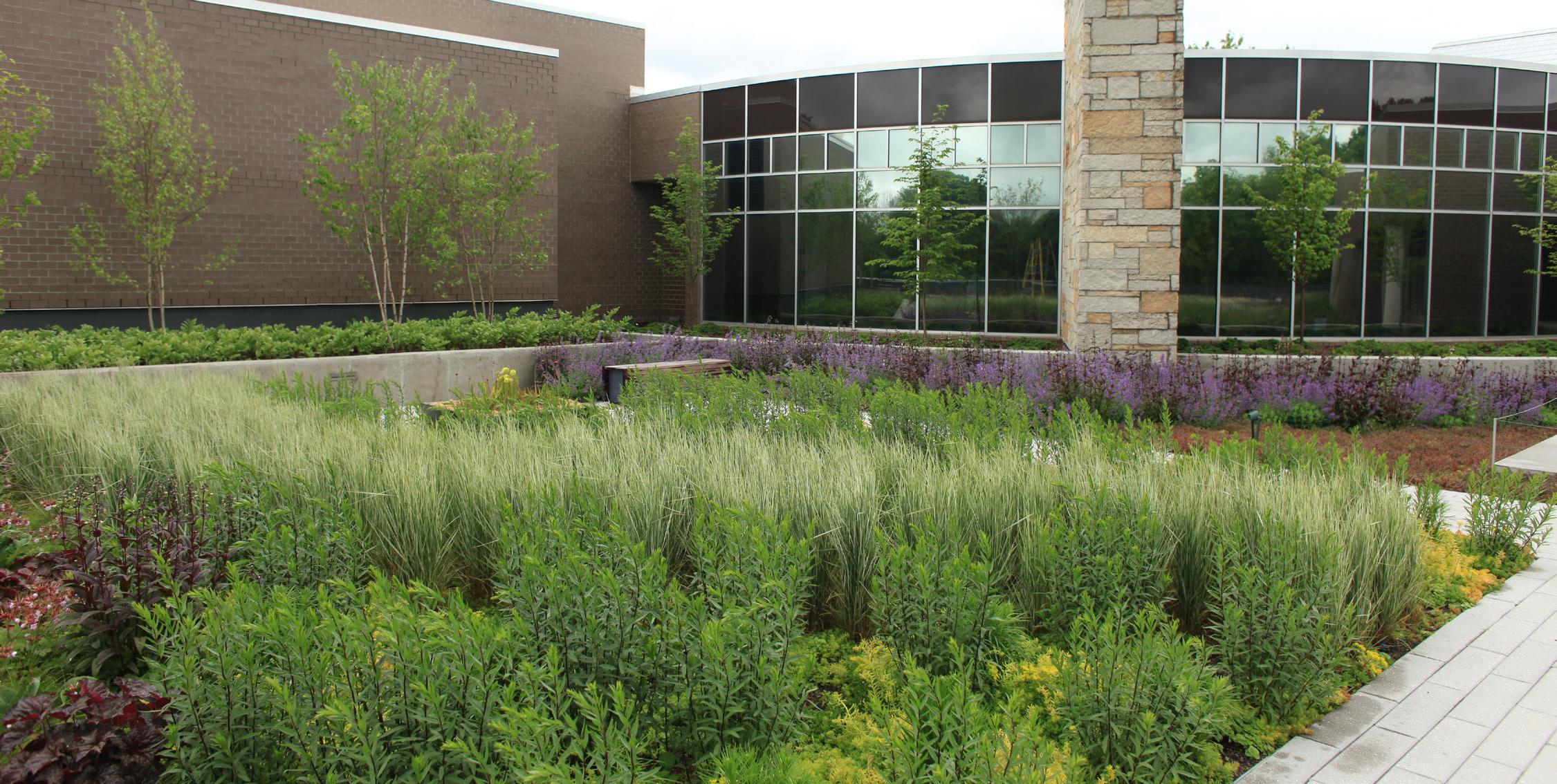Planning for the Future: Jason McShane of Kennewick Irrigation District on Improving Drought Resiliency in the Lower Columbia Basin
A section of KID’s main canal.
K
off-season, which is typically mid-October to April 1. The process of lining a canal is also weather dependent, meaning it can only be done when it’s warm enough, the wind’s not blowing, and it isn’t raining or snowing. A tremendous amount of effort goes into preparing the canal for lining so that lining teams are able to install as many feet as possible when the weather permits. When we do have favorable weather, we can generally line up to 1,000 linear feet in a day, with our best day being about 1,800 linear feet.
Irrigation Leader: Why is KID lining its canals?
Irrigation Leader: Why don’t you just pipe the canal system?
Jason McShane: KID lines its canals for a variety of reasons. One of the major ones is to improve public safety by installing impervious liners that make the canal embankment more stable. Another important reason is to conserve water, allowing us to reduce the amount of water needed for KID’s water delivery. These benefits improve KID’s drought resiliency and benefit instream flows. We have been fortunate to complete most of our lining projects in partnership with the Bureau of Reclamation through the WaterSMART program.
Jason McShane: Piping canals can be a real benefit in terms of regaining and capturing the amount of energy in the water; however, we found the ability to line the canals in their current state provides for water storage in addition to water conservation. Piping the canal system is also quite challenging from a cost perspective. We have found that lining the canal is more cost effective than piping. Oftentimes, people talk about the importance of eliminating evaporation by piping open canals, but evaporation is a small percentage of the total water loss in a canal system.
Irrigation Leader: Does KID plan to line its entire canal system? If so, when will it be completed?
Irrigation Leader: How durable is the liner, and how often does it need to be replaced?
Jason McShane: KID is currently lining its principal canals. The process started in earnest in 2012. We have lined the majority of the system and each of our sublaterals. We have about 5–6 years of lining work remaining.
Jason McShane: KID uses a 60‑mil MicroSpike highdensity polyethylene (HDPE) produced by AGRU America. This product has a good strength-to-weight ratio and good ultraviolet light resistance. In 2013, KID toured sites where various lining types had been installed as part of a 1980s and 1990s Reclamation demonstration project. At one of these sites in Bend, Oregon, we reviewed the installation of 22‑year-old HDPE exposed lining. Its condition was very similar to that of newly installed lining today. We are grateful for Reclamation’s demonstration project because it gave KID a 20‑year look ahead to see when we can expect to need to replace the lining.
Irrigation Leader: How much lining can you get done per day? Jason McShane: Our smaller canals can be lined at a rate of hundreds of feet per day under favorable conditions. There are two major factors influencing how much lining gets installed: time and weather. One thing people don’t recognize is that construction can only occur during our
48 | IRRIGATION LEADER | May 2022
irrigationleadermagazine.com
PHOTOS COURTESY OF KID.
ennewick Irrigation District (KID), a central Washington irrigation district with roots that stretch back to the late 19th century, is lining its canal system. Irrigation Leader speaks with Jason McShane, KID’s engineering and operations manager, about how this initiative will save water and increase the district’s storage capacity. He also tells us about how an Irrigation Leader–sponsored trip to New Zealand gave him ideas for the design of a future reservoir for the district.









